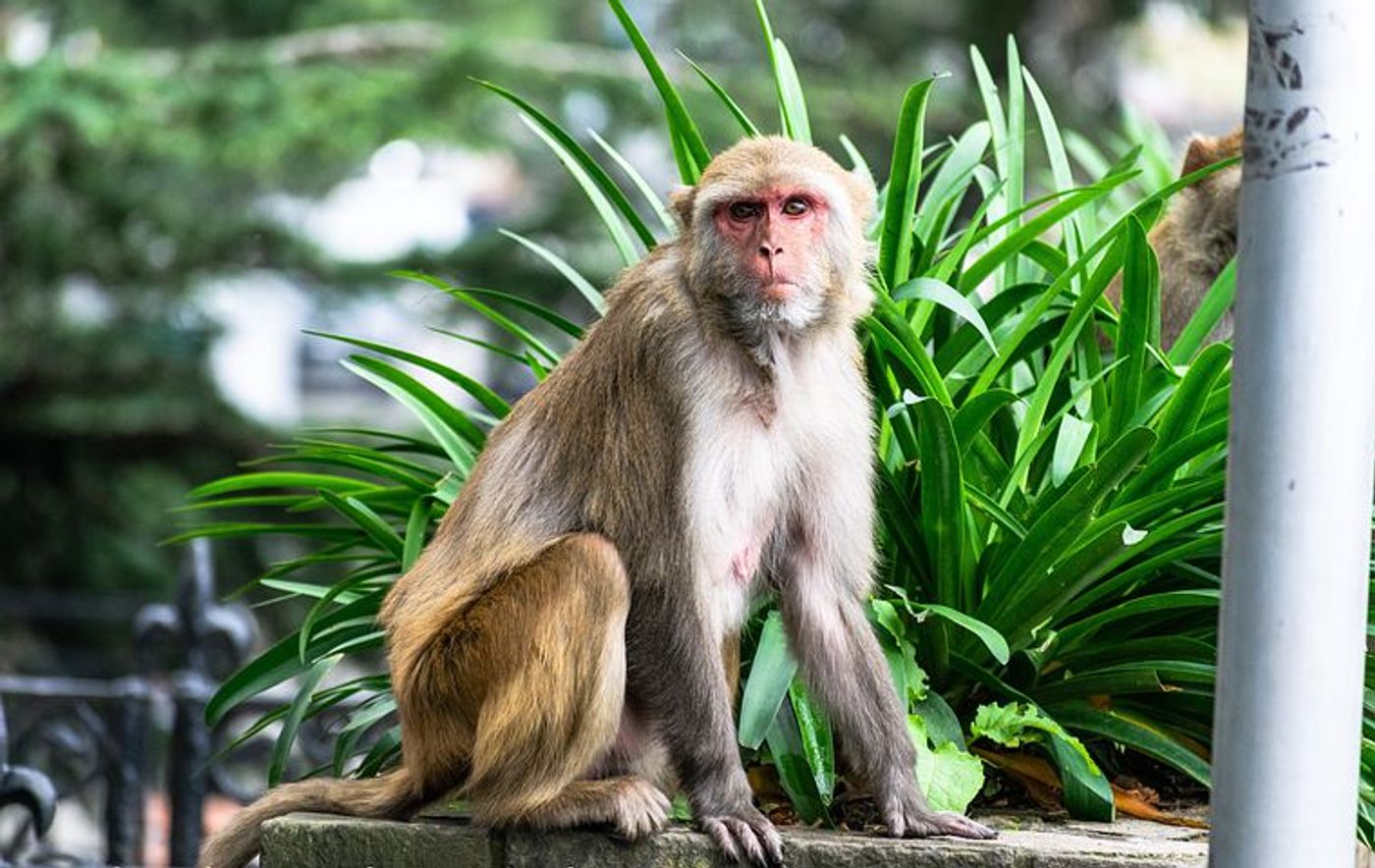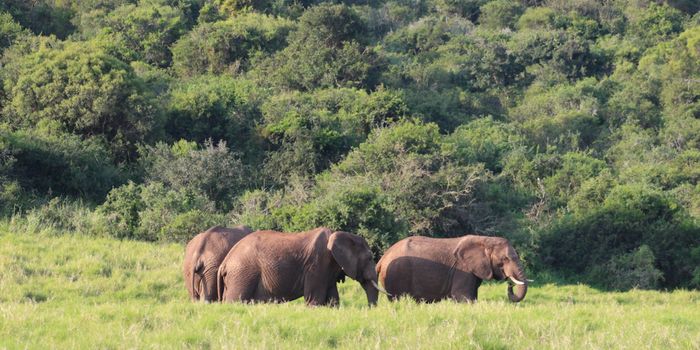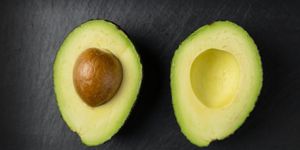Are the skeletons of macaque hybrids distinct?
Ligers, mules, and narlugas are all known examples of hybrid animals (i.e., the offspring of two different species that interbreed for various reasons). These organisms often possess genes from each parent, and thus yield a combination of traits that have not been seen in previous generations.
Analyses from ancient DNA has shown that, like other animals, there was interbreeding between hominins (the subfamily that includes apes, humans, and human ancestors) which resulted in the appearance of new traits. Hominin interbreeding likely happened multiple times throughout human evolution, and these new trait combinations are most often seen in the skeleton. But, for hominins in particular, the relationship between admixture and the skeleton is poorly understood. Since there is a lack of fossil evidence, scientists have turned to studying other primates thought to hybridize: the macaque monkeys.
The macaque genus (Macaca) is comprised of 23 species who live throughout Eurasia with one species living in northern Africa. They are the most geographically widespread primate aside from humans, and are one of the most commonly studied primates, according to a 2019 study. Because of this, macaques often make a good comparative sample when studying major questions in human evolution, one of which centers on hybridization in human ancestors.
In a new study led by anthropologist Laura Buck from John Moores University in the United Kingdom and the University of California, Davis, a sample of macaque monkeys was used to investigate the effects of admixture on skeletal morphology. Two populations of Rhesus macaque (an Indian and Chinese population) were used since they are known to hybridize at the border between India and China. The study primarily focused on the pelvis, since this can impact the health and wellness of macaques during birth—should there be a mismatch between the size and shape of the maternal pelvis and fetal head, there could be fatal consequences.
The pelvis is a particularly important area because the human pelvis has drastically changed throughout human evolution, and is distinct even between humans and our recent Neandertal ancestors. Interestingly, however, the research team found there to be a relatively small difference between the two macaque populations. That is, aside from differences due to sexual dimorphism—which is fairly common among primates—there no noticeable distinction between the Indian and Chinese macaque pelvis.
These results were relatively unexpected because humans and Neandertals split from a common ancestor around the same generational time that these two macaque populations did, and humans and Neandertals do have distinct pelves. This leads to more questions about hybridization in primates like what drives skeletal distinctions among species. It could be that environmental conditions are largely responsible, but more research including more skeletal elements is needed to uncover how hybridization manifests phenotypically.
Sources: Evolutionary Biology, Evolutionary Anthropology, Journal of Human Evolution
-
APR 30, 2024Immuno-Oncology Virtual Event Series 2024
-
MAY 07, 20243rd International Biosecurity Virtual Symposium
-
SEP 03, 2024Microbiology Week Virtual Event Series 2024
- See More


















































